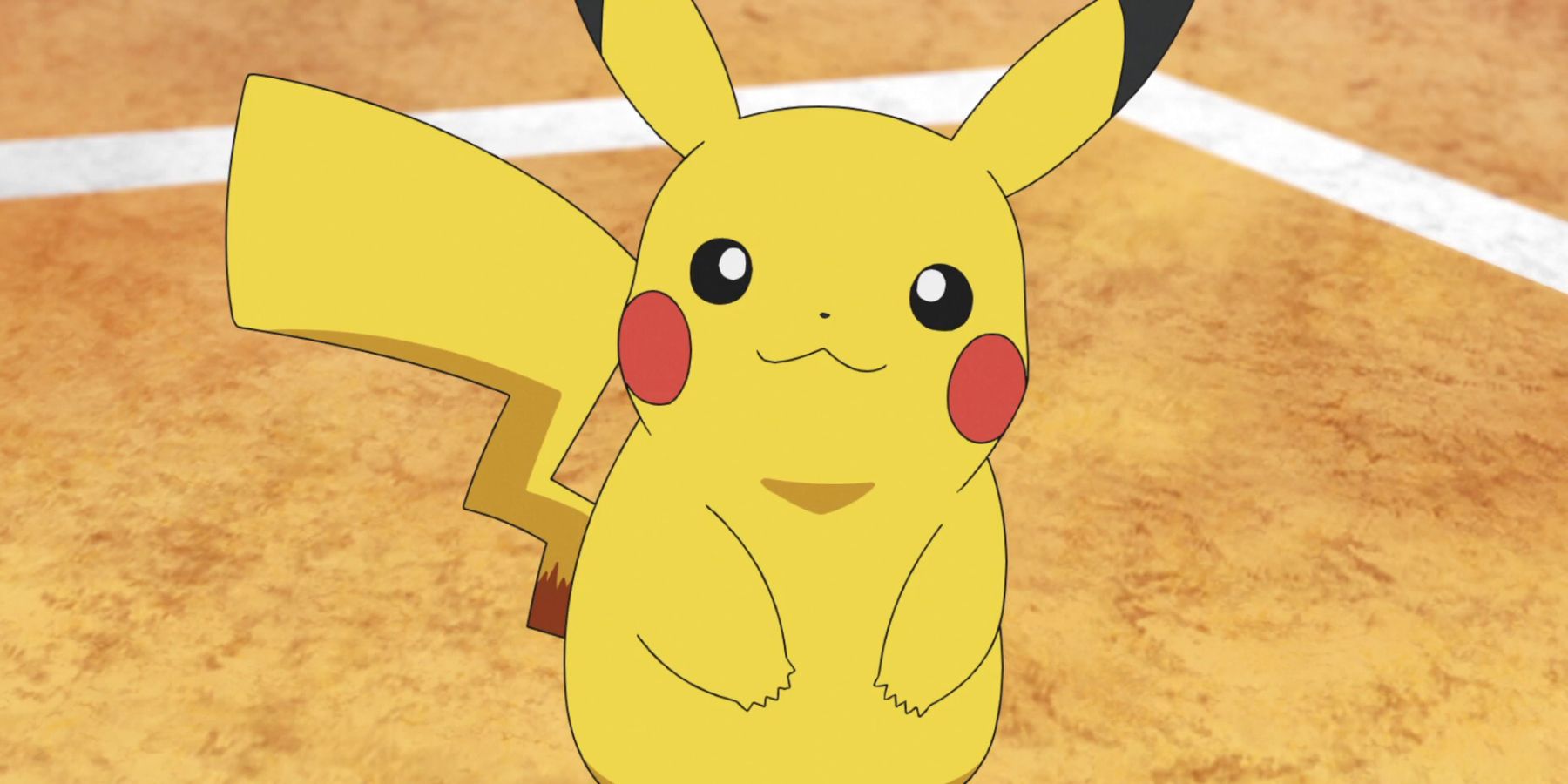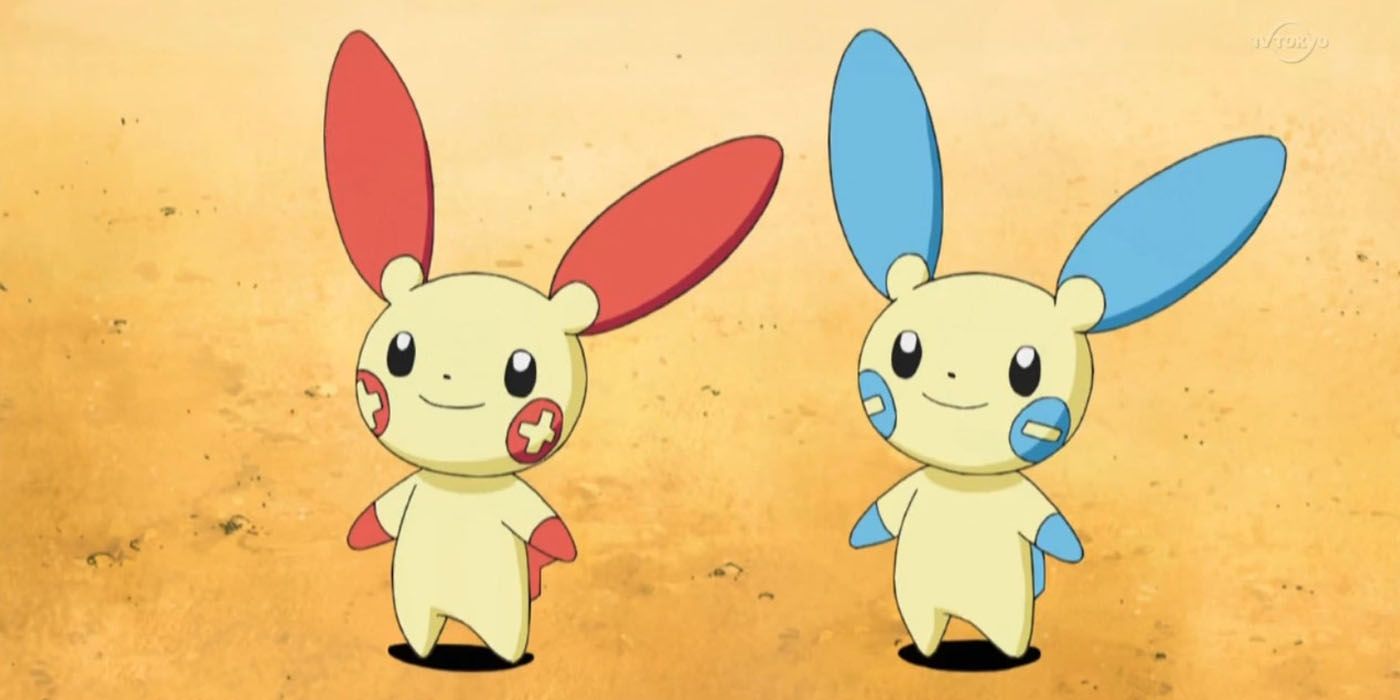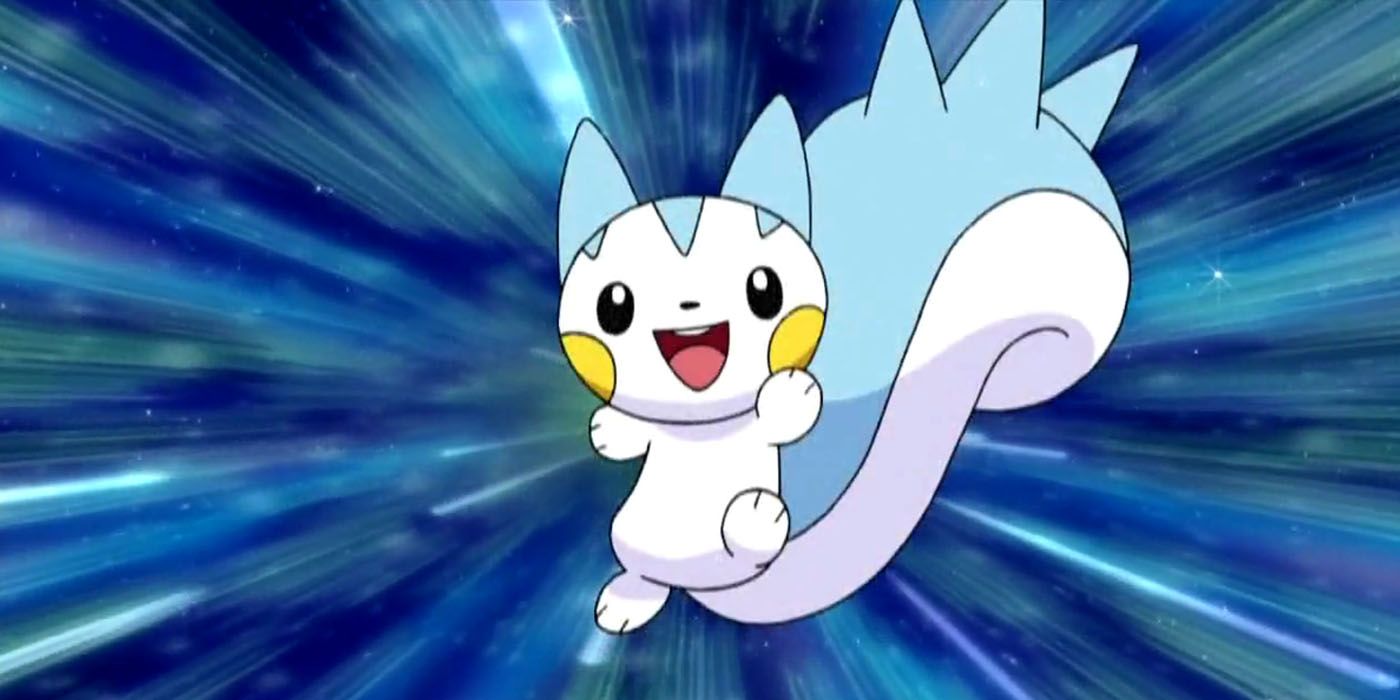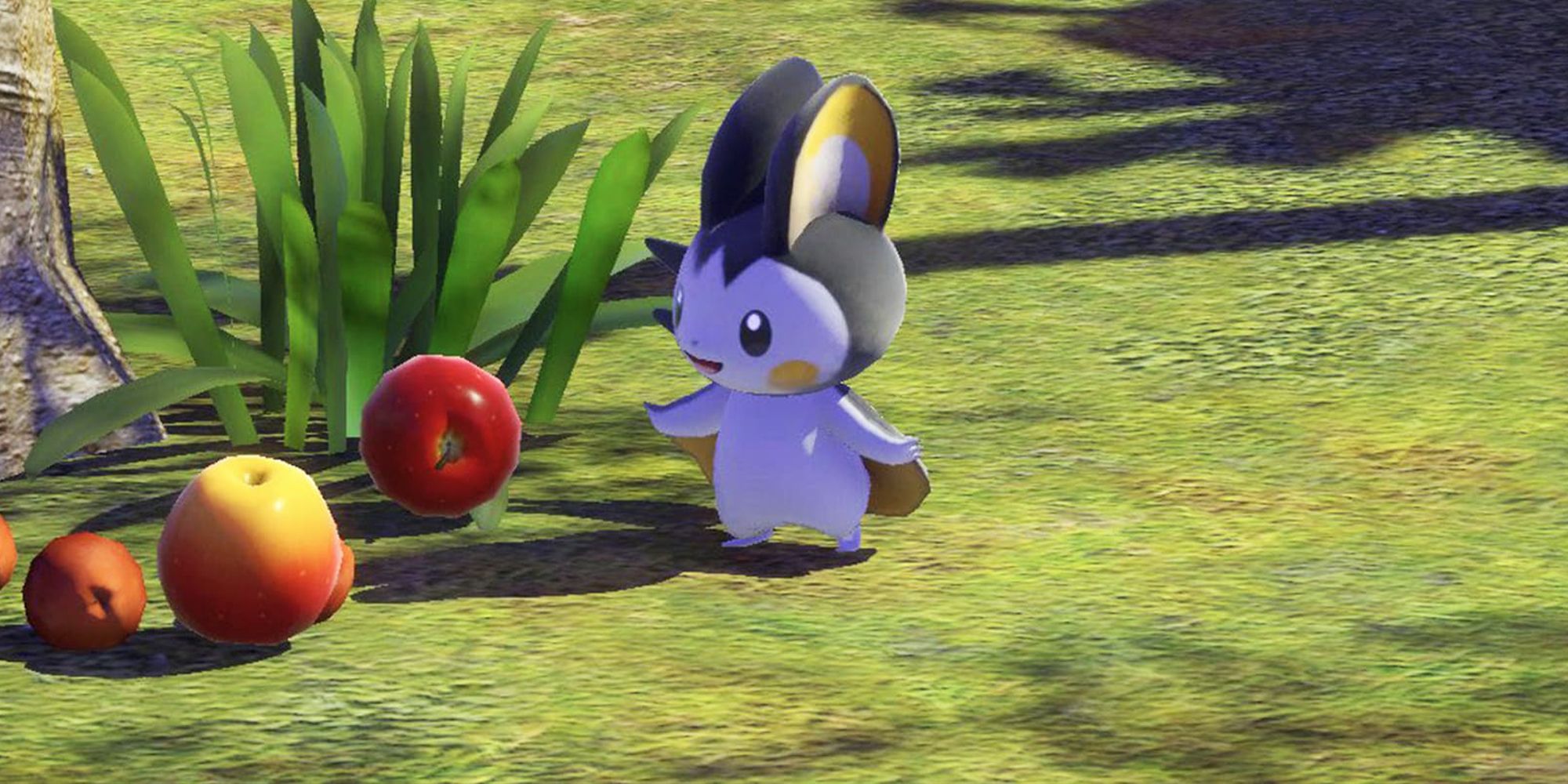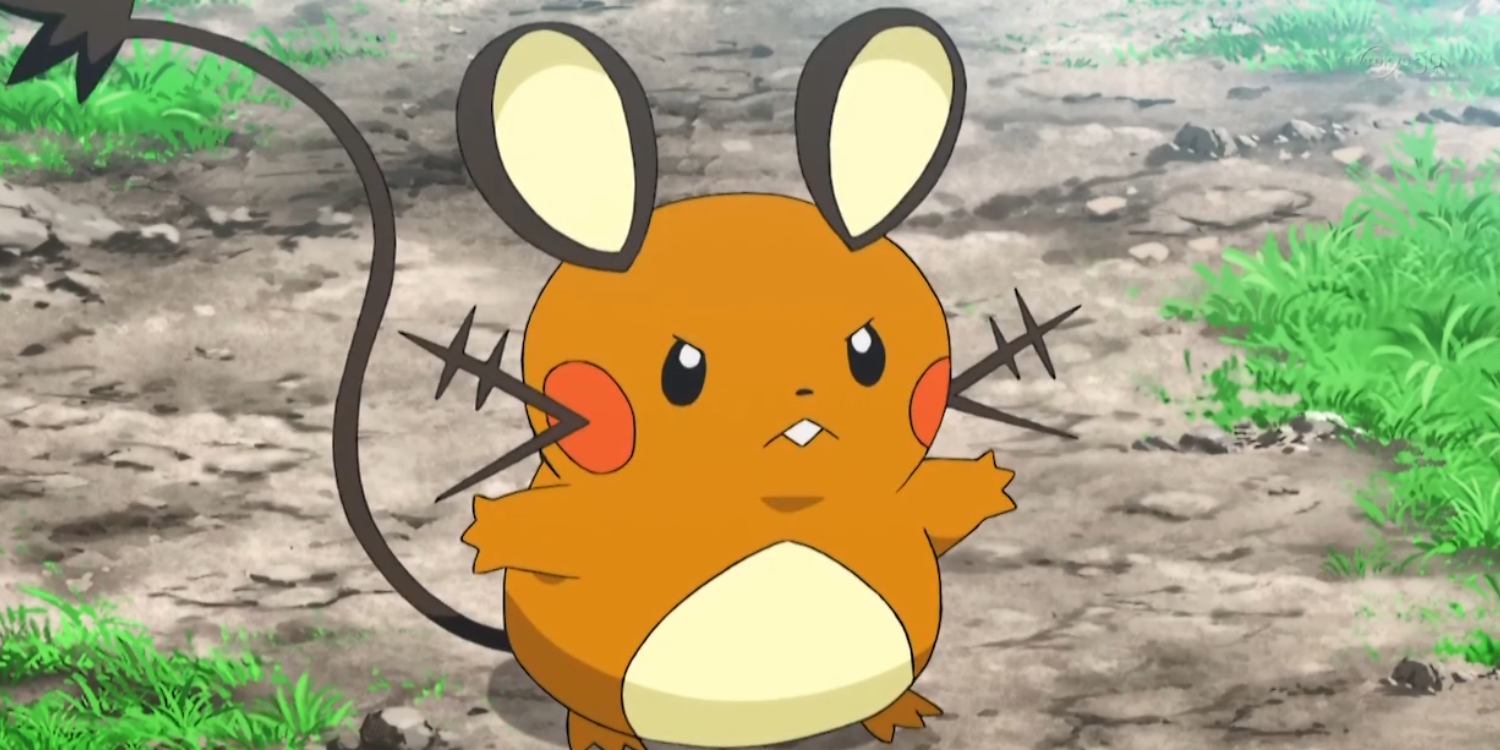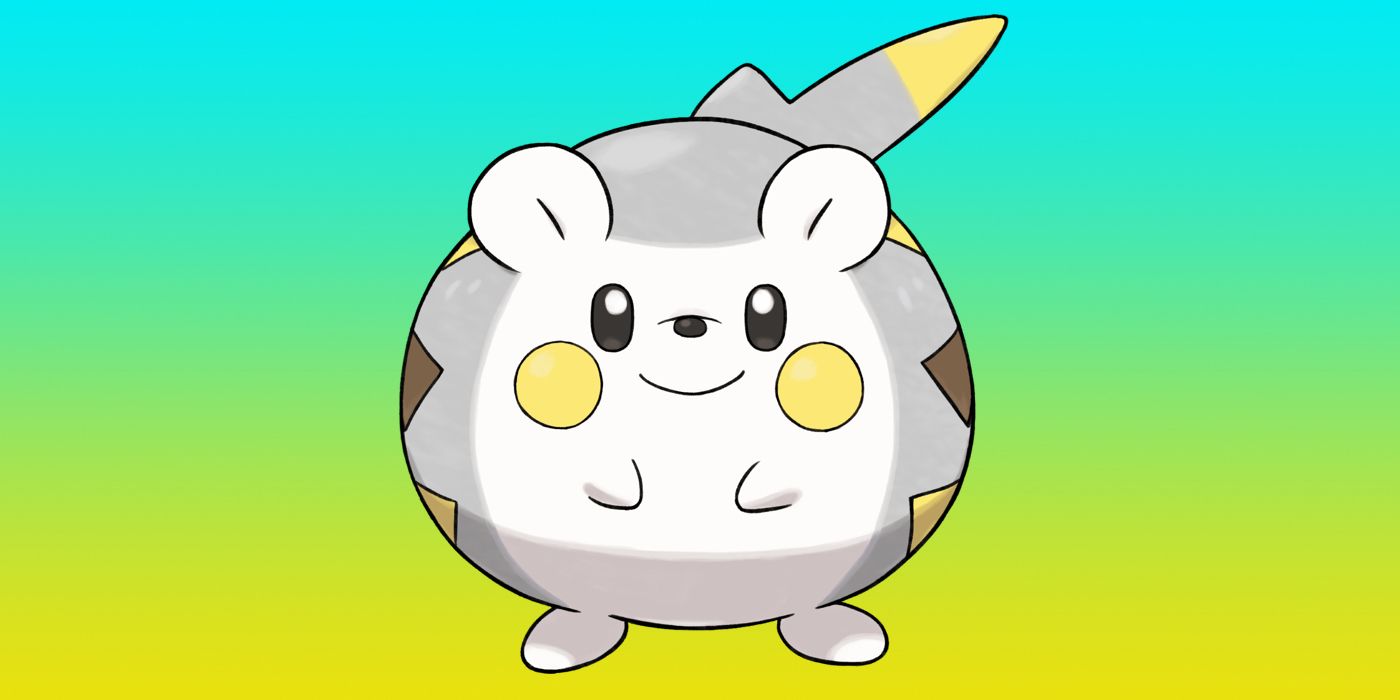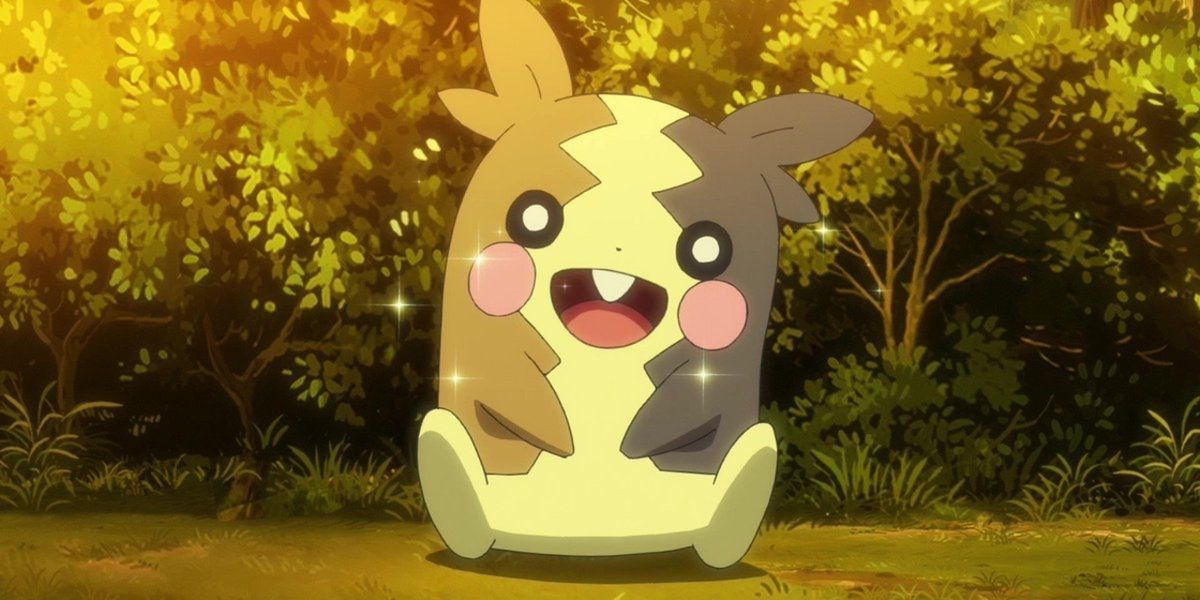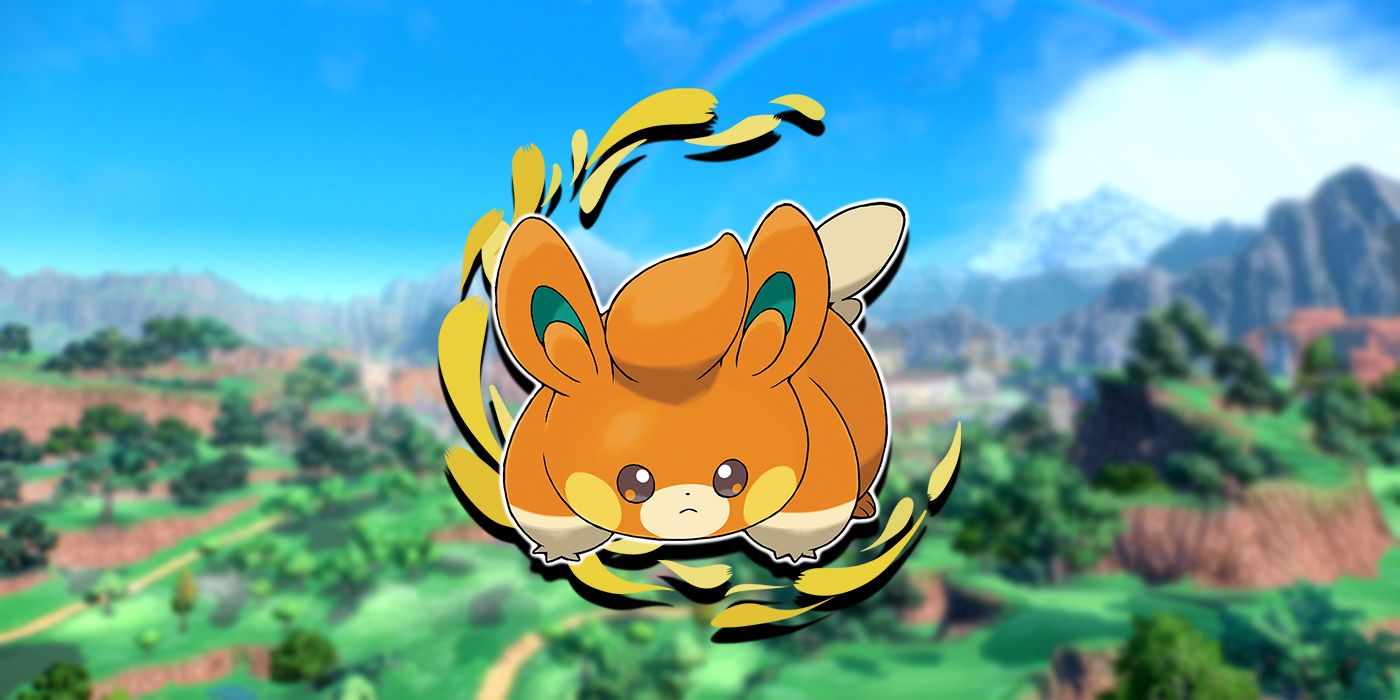In almost every generation of the Pokémon games, there's a pseudo-clone of the famous mascot Pikachu, most of which are fairly obvious in their imitation. Pikachu itself and its pre-evolution Pichu fill this role in Gens 1 and 2, but in every region afterward, different small Electric-Type rodents have been a common sight in players' journeys to become Pokémon Masters. Although they're not carbon copies of Pikachu, they are all part of the same family.
For almost as long as it's been around, Pikachu has been the face of the Pokémon series. Whether it's the games or the anime, Pikachu has had a prominent presence in just about every piece of Pokémon media there is. In one of the first-ever games, Pokémon Yellow, a Pikachu that detests Poké Balls - much like Ash Ketchum's - is the starter, and it's been a member of every region's Pokédex except for one, Black and White, though players can transfer it over from Gen 4 games. Although another beloved Pokémon, Eevee, has been taking on a similar role in recent years, Pikachu is still practically synonymous with the Pokémon franchise, something that may never change no matter how many clones of it are introduced.
The clones of Pikachu all meet a few criteria: They're primarily Electric-type, share a similar small size, are modeled after different rodents or similar small mammals, and have round spots on their cheeks where they produce or manipulate electricity. There are other rodent Pokémon, notably the Normal Rodent archetype of monsters that show up fairly early in their respective games, as well as Electric-types similar in size, but there's typically only one clear Pikachu knockoff in each Pokémon region. As members of its evolutionary line, Pichu and Raichu aren't considered clones; neither are unrelated Pokémon called variations of "Mouse Pokémon" like Marill or Sandshrew.
Pokémon Gen 3's Plusle & Minun Share The Title Of Hoenn's Pikachu Clones
Generation 3's Hoenn region can be considered the first with true Pikachu clones. Plusle and Minun, called the "Cheering Pokémon," are two distinct but incredibly similar rabbit-like Electric-types who gather electricity in the shape of pom-poms to cheer on other Pokémon in battle. Although rabbits are not actually rodents, Plusle and Minun together still appear to fill the role of Pikachu's counterpart in their home region.
Hoenn has few other Pokémon who could be part of the Pikachu family. Zigzagoon and Linoone are the Normal Rodent Pokémon for Hoenn despite being based on raccoons and ferrets - which are also not rodents - and not Electric-types. Electrike and Manectric are Electric-type Pokémon of similar size but based on canines. The Hoenn region is one of Pokémon's best, introducing many popular mechanics and Pokémon species, and although Plusle and Minun aren't the strongest or most renowned among them, they still helped lay the framework for future members of the Pikachu family.
Pachirisu is Gen 4's Sinnoh Pikachu Clone Pokémon
Pachirisu is the Pikachu clone of Pokémon's Generation 4, the Sinnoh region. It's based on a squirrel, evidenced by its long bushy tail, and although it's more different from Pikachu than Plusle and Minun, it's still an Electric-type and has the archetype's round cheeks. Pachirisu, like Pikachu, is one of the Pokémon that players can walk around within the original Diamond and Pearl's Amity Square, which also appears in the remakes, Brilliant Diamond and Shining Pearl. It's known as the "EleSquirrel Pokémon," and is specifically stated to be related to Pikachu in its Pokédex entry in the latest game, Pokémon Legends: Arceus. Unfortunately, Pachirisu is one of the more underrated monsters in Pokémon BDSP and is often overlooked in favor of the likes of Garchomp and Luxray.
Like Hoenn, Sinnoh doesn't have many other candidates besides Pachirisu for Pikachu clones. It boasts the beaver-like rodents Bidoof and Bibarel, the Normal Rodent for the Sinnoh region, and the rabbit Buneary and Lopunny, but all four have no electrical abilities to speak of. Rotom is an Electric/Ghost-type Pokémon somewhat similar in size to Pachirisu and the Pikachu family, but it's not even a mammal and is instead based on plasma and various electronic devices.
Unova's Emolga Is Gen 5's Pikachu Clone Pokémon
Based on a flying squirrel, Emolga is the Pikachu clone of Gen 5's Unova region. It's more similar to Pachirisu than Pikachu - which is understandable given that their inspirations are related species - but it's undeniably the archetypical Electric Rodent of its region. It's known as the "Sky Squirrel Pokémon" and is a dual Electric/Flying-type, an almost-unused Pokémon Type combination, and a first for the Pikachu clone family.
There aren't many Pokémon similar to Emolga and the rest of the Pikachu family in Unova. Patrat is based on a rodent - the chipmunk - but bears the title of its region's Normal Rodent and is pure Normal-type. The Electric-type Joltik is one of the smallest Pokémon in the franchise, but it and its evolution Galvantula are based on arachnids instead of rodents.
Dedenne Is Gen 6's Kalos' Pikachu Clone Pokémon
Dedenne is the Kalos region's Pikachu counterpart from Gen 6. It looks similar to a hamster or gerbil, and unlike most of the Pikachu clones, it has antennas growing out of its cheek spots. Like Emolga, it's a dual-type, having Pokémon's somewhat-overpowered Fairy-type that was introduced in Gen 6 in addition to its primary Electric. It's called the "Antenna Pokémon" and unlike most of the Pikachu family, it steals electricity from an outside source instead of generating it itself, using its cheeks and antennas to communicate with others of its kind via electrical waves.
Kalos' other candidates for Pikachu's regional counterpart don't quite match up to Dedenne. Bunnelby is Kalos' Normal Rodent, despite being a rabbit that evolves into the Normal/Ground Diggersby and lacks the Electric type. Helioptile is an Electric/Normal-type that evolves into Heliolisk, which shares its types, but are both based on reptiles and not rodents.
Alola Almost Has Multiple Pikachu Clone Pokémon In Gen 7
Togedemaru is one of the odder Pokémon based on Pikachu, but it's nonetheless the Electric Rodent of Generation 7's Alola region. It's an Electric/Steel-type based on hedgehogs - another species that isn't actually considered a rodent - and is called the "Roly-Poly Pokémon." The strange placement of the tail-like needle on its back may seem strange and counterintuitive, but it's actually designed to attract lightning strikes for electricity since its natural ability to generate electrical power is fairly weak. The triangular markings on its body are spikes of fur that extend when it gets agitated.
Of all the regions, Alola may have the most viable candidates for Pikachu clones. Aside from Togedemaru, there's also the Alolan form of Raichu, which technically does not count as a clone, but only because it actually evolves from Pikachu. There's also Mimikyu, the Ghost/Fairy-type that purposefully copies Pikachu and might be Generation 7's most iconic Pokémon. It may not be an Electric Mouse, but it could be considered part of the Pikachu family due to its disguise that bears its likeness.
Morpeko Is Pokémon Gen 8's Galar's Most Aggressive Pikachu Clone
Morpeko is the Pikachu clone of the Galar region, Pokémon's Generation 8. It's based on a hamster and looks more like Pikachu than the last few clones before it. Its similar color and body shape make it possibly the one that looks the most like the original Pikachu, but only in its Full Belly Mode. In Hangry Mode, it turns a violent shade of purple and becomes highly aggressive, and for this reason, it's known as the "Two-Sided Pokémon." It carries highly-treasured Berry seeds in its cheek pouches for it to eat at all times since its perpetual generation of electricity causes it to be constantly hungry, and is an Electric/Dark-type, a unique type combination among Pokémon.
There are few other Pokémon besides Morpeko that even come close to imitating Pikachu in Galar. Yamper is a small Electric-type Pokémon, but it's based on the corgi breed of dogs and cannot be mistaken for a rodent or any member of the Pikachu archetype. Skwovet is a squirrel Pokémon and is considered the Normal Rodent of Galar, but is another pure type with no Electric, and is not a part of the Pikachu family.
Pawmi Is Pokémon's Newest Pikachu Clone In Gen 9
Pawmi is a Pokémon that debuted in Scarlet and Violet's second trailer and is the latest in a long line of Pikachu clones. It is a pure Electric-type Pokémon that has electricity-generating organs in both its cheeks and its paws and rubs its cheeks in order to gather electrical power. It's certainly a rodent, but it's unclear which species; it looks like it could be a chinchilla, or its relative the viscacha, although the official website calls it an "Electric Mouse." Pokémon Scarlet & Violet's region has similarities with Spain, so it's also possible that it's meant to be an alpine marmot, a species indigenous to the Pyrenees mountain range along the French/Spanish border.
Few Pokémon have been confirmed for Scarlet & Violet, so it's possible that Gen 9 has more Pikachu clones that have not yet been revealed. Pawmi may break the tradition of the Pikachu clones not evolving, and have a second or even a third form that calls back to Raichu. There could also be Electric-type Pokémon with different inspirations or mouse-like species that are distinct from the Electric Rodent archetype. Until Gen 9 of Pokémon releases, it's entirely possible that Pawmi will be only one of Pikachu's doppelgangers in the upcoming games.

